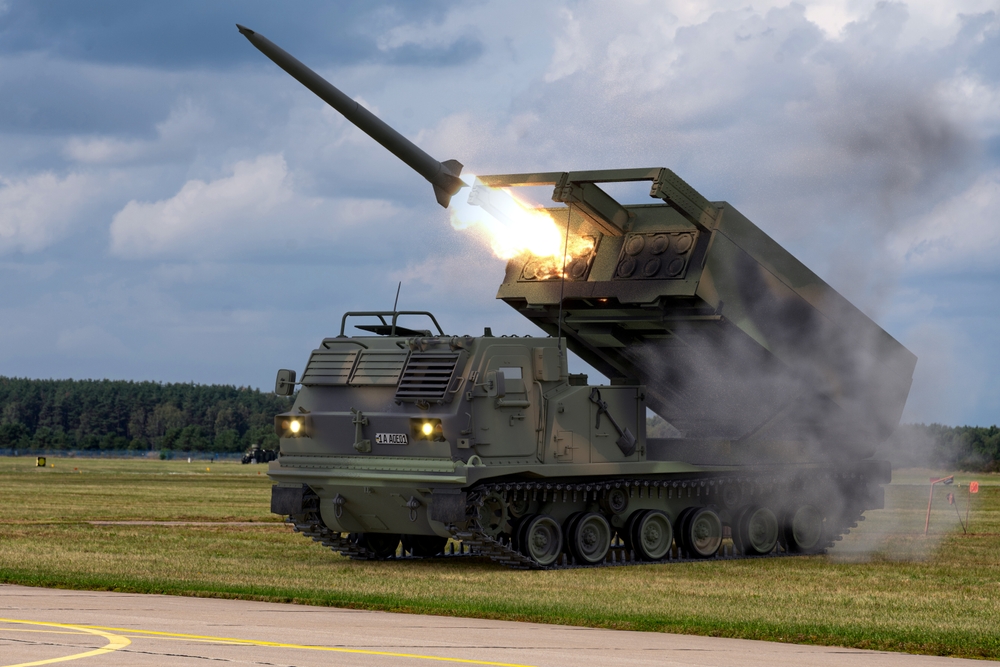Iran’s supply of ballistic missiles to Russia could affect the intensity of attacks on Ukraine.
Others are reading now
Yevhen Dykyi, a former commander of Ukraine’s Aidar Battalion, shared insights about Russia’s current missile and drone production capabilities in a recent interview on the YouTube channel “Zhovti Kedy.”
Will Increase Missile Strikes
Dykyi discussed how Iran’s supply of ballistic missiles to Russia could affect the intensity of attacks on Ukraine. Reports confirm that Iran has begun delivering missiles with ranges over 100 kilometers to Russia, according to WP.
Dykyi emphasized that while these deliveries will likely increase missile strikes on Ukraine, he trusts Western intelligence, which suggests that Iran is supplying only a few hundred missiles — not thousands. “
No one knows the exact number, but it’s certainly in the hundreds, not thousands,” he stated.
Also read
Launch as Many as They Produce
Regarding Russia’s own production, Dykyi explained that Russian missile output has hit its peak. Russia is currently manufacturing around 10 to 12 Iskander and Kinzhal missiles per month, along with about 35 cruise missiles, primarily the Kh-101, which Russia continues to use in its assaults on Ukraine.
On drone production, Dykyi estimated that Russia produces at least 300 Shahed drones each month.
However, he noted that Russia’s stockpile of other missiles, such as the S-200 and S-300, has been nearly exhausted since much of it was used up in 2022, when the Kremlin anticipated a quick victory.
Due to these constraints, Russia can only launch as many missiles as it produces, resulting in long pauses between major strikes. Dykyi predicted that without significant Iranian resupply, large-scale missile campaigns might occur only every 1.5 to 2 months, with Shahed drones filling the gaps.


